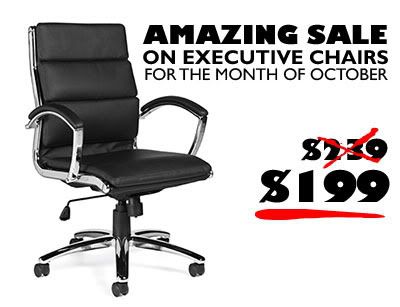Posted by: Mitchell H. Kirsch
Category: Office Furniture
Tags: eco-friendly, environment, green business, green energy, news, office
Environmentally Friendly Bike Law in New York Coming Through!
Office workers now have one more reason to lower their commute’s carbon footprint: New York City has just passed a new environmentally friendly law allowing cyclists to park their bikes inside their office buildings.
The new Bicycle Access to Office Buildings Law is designed to increase bicycle commuting, by giving cyclists access to protected parking while at work. The Queens Courier reports that commuter cycling in New York has doubled from 2005 to 26 percent this year, a green office habit that the government is eager to encourage.
“Biking is a great way to get to work in New York City, and this new law makes it easier for workers to commute on two wheels instead of four,” said NYC Department of Buildings (DOB) Commissioner Robert LiMandri. “By creating a safe, secure place for cyclists to store their bikes, it will help to promote alternative modes of transportation and a healthy, active lifestyle for millions of New Yorkers.”
Councilmember David Yassky, who sponsored the bill, thinks the new law will solve many problems at once. “Allowing bicycles in buildings is an effective way to encourage cycling,” Yassky was heard to say. “This legislation is an extremely realistic effort to cut emissions, improve air quality, maximize public transportation and ease congestion, reaping tremendous environmental and quality of life benefits for New Yorkers.”
A few office managers and owners have put their full support behind the new law, restructuring their offices to permit bike parking. The New York Times hears from one such supporter:
“From my vantage point, it’s a huge positive,” said Larry A. Silverstein, president and chief executive of Silverstein Properties. […] Although no bike was leaning against his desk that day, Mr. Silverstein said he supported the new law and thought most buildings with freight elevators could comply and that tenants could handle the parking once bikes rolled through their doors.
“If you really want to do this, you find the space,” he said. “There’s always space where you can put a bicycle.”
The new law goes into effect on December 11. More information at the official New York City Hall homepage.


